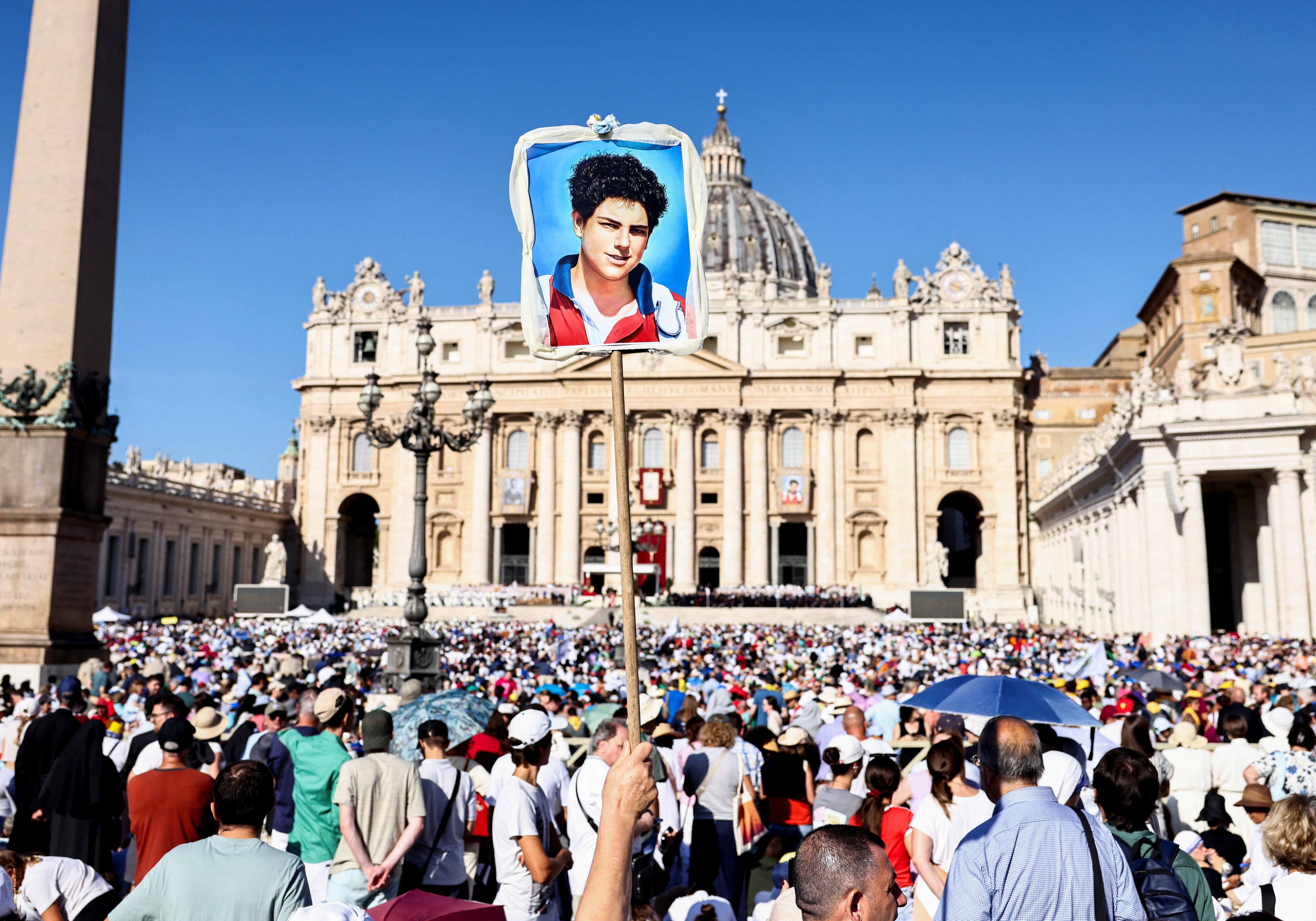April 6, 2018 at 1:53 p.m.
Exhibit exposes death row
"I hope it gets their attention and encourages them to learn, even if they are extremely knowledgeable or extremely ignorant of capital punishment," said Scott Christianson, on the traveling exhibition that opens May 20 at the Time & Space Ltd. Arts Center in Hudson. "It's a realistic presentation about capital punishment, not just a polemic for or against it."
Faces and names
The exhibition includes photos and records collected from the Sing Sing death house that were kept hidden from public view for decades but have since been moved to the New York State Archives. Mr. Christianson, a West Sand Lake resident, also used this information in writing his most recent book, "Condemned: Inside the Sing Sing Death House."A former investigative reporter for the Knickerbocker News, Mr. Christianson developed an interest in the prison system as a journalist and later as a state government official during the administration of Gov. Mario Cuomo. Mr. Christianson received his doctoral degree from the University at Albany and has taught there, at Union College in Schenectady and at Rensselaer Polytechnic Institute in Troy.
Research
He began working in state government in 1983 with his investigation of the Sing Sing riot that greeted Gov. Cuomo in his first term of office, but left in 1995 because he couldn't deal with Gov. George Pataki's support of capital punishment.Mr. Christianson devoted himself to writing books, and "With Liberty for Some: 500 Years of Imprisonment in America" won the 1999 Robert F. Kennedy Book Award Distinguished Honors.
He also founded the New York Death Penalty Documentation Project to identify and gather the photos and records of death row inmates who were executed in the state. With the reinstitution of capital punishment in New York State, "suddenly lawyers were in the position to defend capital cases, and they didn't know that here in New York we have a long and troubled history," he said.
Mr. Christianson asked experts to serve on an advisory committee to collect and interpret these records, which had been stored at Sing Sing and other prisons but never made public.
Evidence
"This is evidence about the state, that has been compiled by the state, and has also remained in the custody of the state," he said. "Initially, this information was itself imprisoned."The records provide background information on the cases of death row inmates, many of whom were wrongfully convicted of their crimes. "By today's standards, the overall majority of the persons who were executed in New York were wrongfully convicted, virtually all of them," he said.
From 1890, when the state took over the administration of capital punishment from local governments, until 1963, when the last electrocution took place in New York state, 695 inmates were put to death -- 614 of them at Sing Sing.
One-man lineup
Inmates often were questioned without lawyers being present, were beaten to confess to crimes they didn't commit or were picked out of one-man police lineups. Selectivity also was an issue, as a few judges sentenced most of the 695 inmates to death, and one judge from Rockland County sentenced an unusually high number of Italian-Americans to die.Ironically, some of the strongest opponents of capital punishment were those who were closest to it; the warden of Sing Sing administered 333 executions but was against the death penalty, Mr. Christianson noted.
Mr. Christianson has spoken to many groups about capital punishment, including Catholics, and admires Bishop Howard J. Hubbard's leadership in opposing the death penalty. He wouldn't be surprised if there were an execution in New York within the next year, but believes opposition to capital punishment by Catholics and others could lead to a moratorium on the death penalty.
No demons
The exhibition, which opened last month at John Jay College in New York City, isn't necessarily meant to advocate for or against capital punishment, but to publicize the names, faces and backgrounds of inmates who have been put to death in New York."It names names and tries to humanize everybody. It doesn't demonize anybody," he said. "It tells us something about how the people ended up in the death house, what it was like being on death row."
(05-11-00) [[In-content Ad]]
- Erika Kirk urges nation to embrace faith, family, patriotism after husband’s murder
- Pope welcomes Burch as new U.S. ambassador to the Holy See
- Catholic leaders acknowledge tension between Trump immigration policy, religious liberty
- Peace requires a ‘different narrative’ world’s top church leaders urge
- Washington Roundup: Officials call for calm in US; lawmakers react to Russian drones; and more
- New saint has special connection to nation’s capital with parish’s adoration chapel
- Pew finds US Catholics ‘like what they’ve seen so far’ in Pope Leo XIV
- Migrants are not enemies, just brothers and sisters in need, pope says
- Jubilee of Consecrated Life celebrated in Paris shines light on communities shattered by abuse
- Trump, Utah governor reveal suspect in Charlie Kirk assassination now in custody







Comments:
You must login to comment.